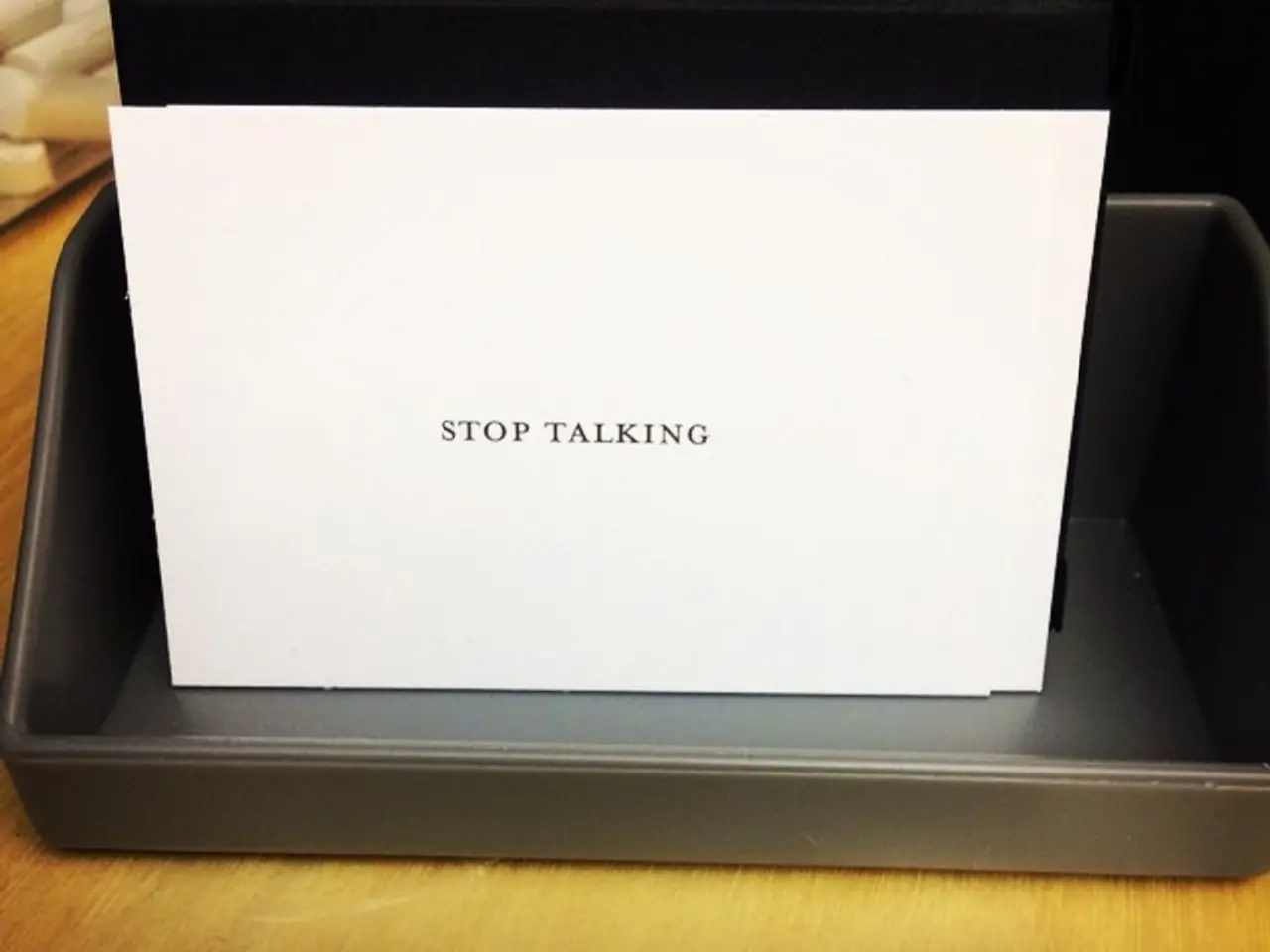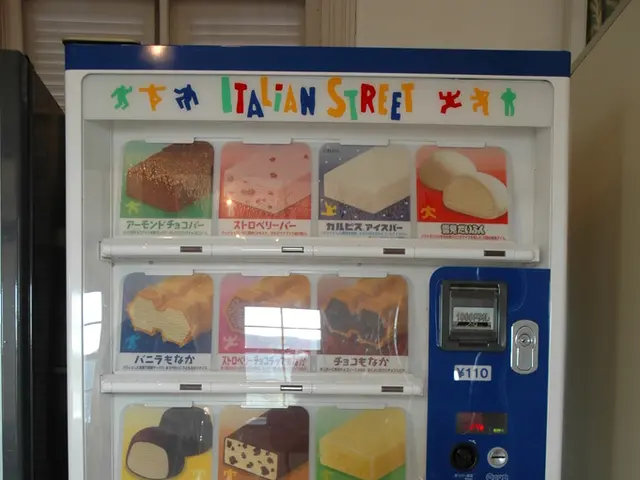AI model like ChatGPT may rely heavily on common phrases and lack originality, potentially posing a challenge to human ingenuity.
In a groundbreaking study, researcher Marisa Tschopp compares the nuances of human conversations with AI-generated dialogues using ChatGPT. The study, which analyses 240 phone conversations between Chinese family members and dialogues simulated by ChatGPT, sheds light on the strengths and weaknesses of AI in replicating human interaction.
ChatGPT, while excelling in showing engagement, falls short in two decisive ways. The AI statistically flattens human dialogues, replacing them with a polished, plausible but ultimately dry template. Conversations, as we know, are not just about efficiency; they are about co-creating meaning and social identities through innovation and extravagance.
The study focuses on three levels of human interaction: dialogic resonance, recombinant creativity, and relevance acknowledgement. Dialogic resonance refers to the re-use of each other's expressions in conversation. While ChatGPT is adept at echoing and acknowledging the other speaker, it lacks the unique, creative responses found in human conversations.
Recombinant creativity involves inventing new twists on what's just been said by an interlocutor. Human conversations are characterized by reusing each other's words, reworking them creatively, interrupting, disagreeing, joking, bantering, and wandering off-topic. AI, however, struggles with the idiosyncratic and unexpected, which are essential for creativity, humor, and authentic human conversation.
The danger lies in the consistency of ChatGPT, while it may seem like a strength, makes it less human. Real people avoid sounding repetitive and resist clichés. Moreover, the AI often uses stereotypical speech, particularly in simulated advice or requests, such as "Take care of your health" and "Don't worry too much".
Unique identities in interaction are defined by how we want to be perceived by others, and AI's inability to capture this uniqueness risks reinforcing stereotypes of how people ought to speak. A more human way of showing concern for a daughter's health at college, as demonstrated in human conversations, is through making implications rather than direct instructions.
Lexical diversity was significantly lower for ChatGPT compared to human speakers. Real human conversations often involve clarifications, refusals, jokes, sarcasm, and even impolite expressions that are not present in ChatGPT's responses. The consistency of the AI, while it may seem like a strength, makes it less human as real people avoid sounding repetitive and resist cliches.
The study raises concerns about the potential impact of AI on human speech. Over time, humans may begin to imitate AI's style, erasing creativity and uniqueness from our own speech. This could lead to a homogenization of communication, stripping it of its richness and diversity.
In conclusion, while ChatGPT performs exceptionally well in showing engagement, it falls short in capturing the essence of human conversation. The study underscores the importance of maintaining the unique, creative, and idiosyncratic nature of human speech in an increasingly AI-driven world.
Read also:
- Peptide YY (PYY): Exploring its Role in Appetite Suppression, Intestinal Health, and Cognitive Links
- Toddler Health: Rotavirus Signs, Origins, and Potential Complications
- Digestive issues and heart discomfort: Root causes and associated health conditions
- House Infernos: Deadly Hazards Surpassing the Flames







